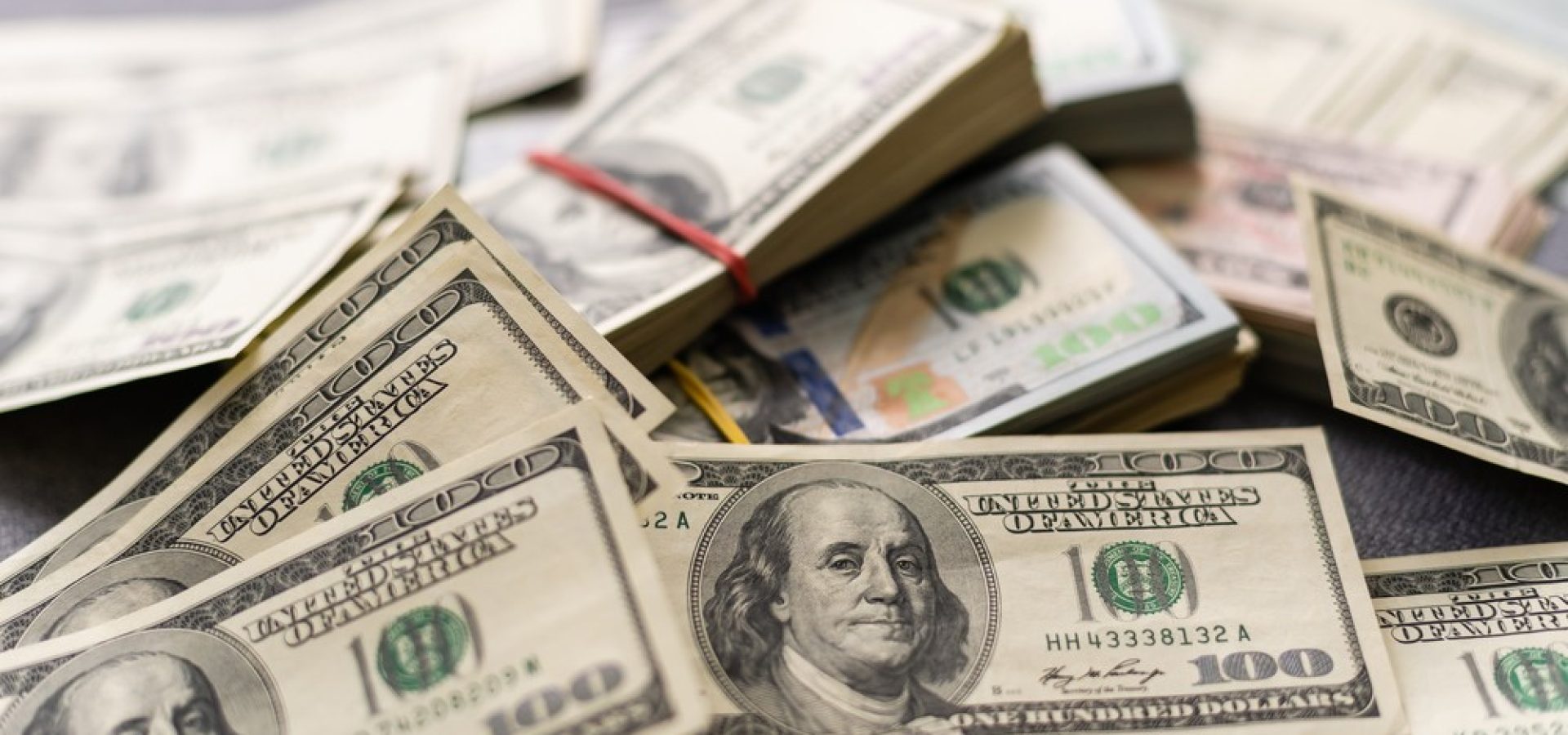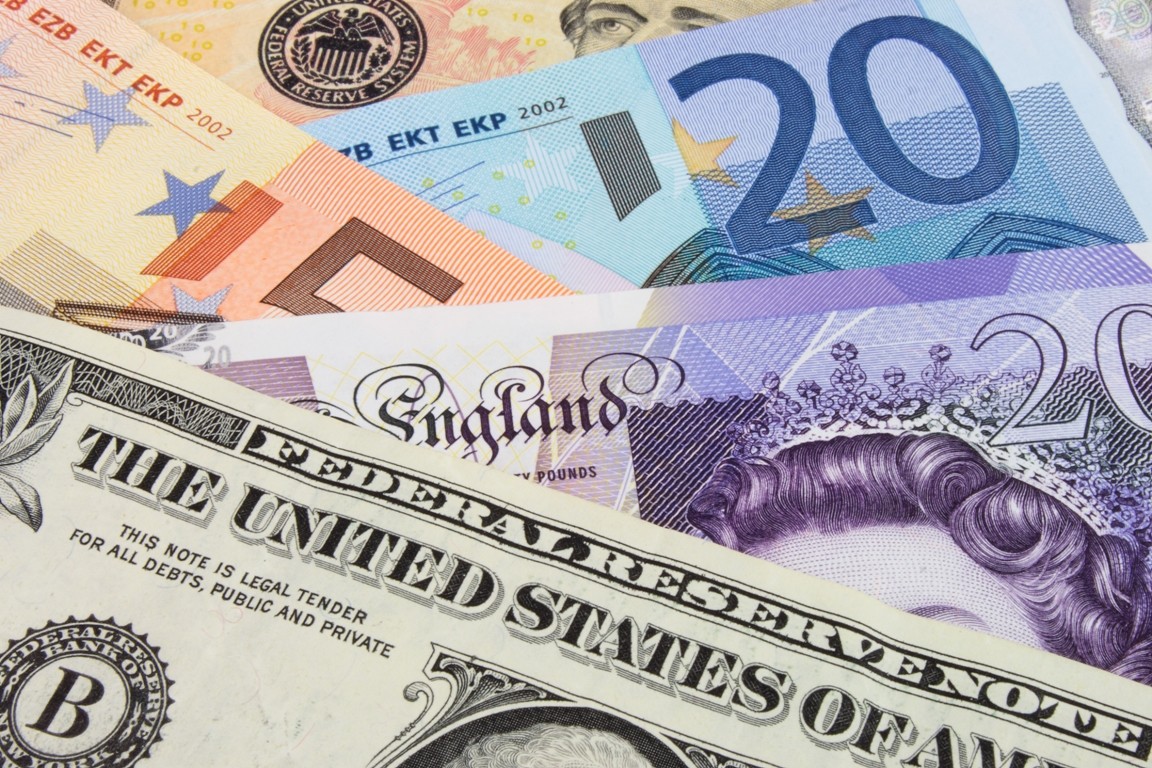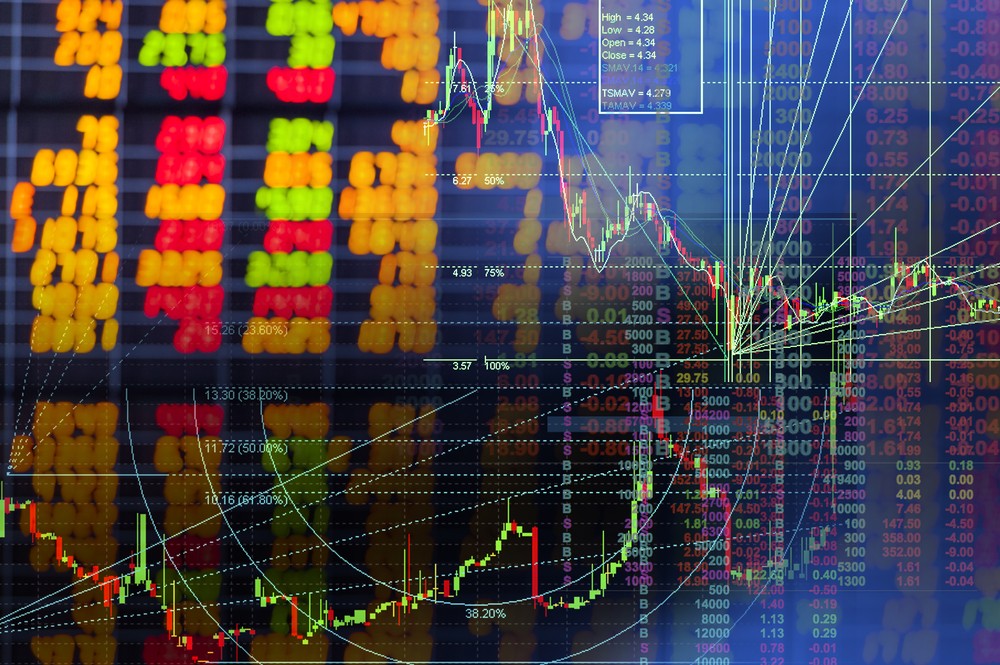The dollar fell to a two-month low after a report showed U.S. inflation eased slightly in March, raising hopes that the Federal Reserve’s rate hike campaign is either over or could be next month.
Statistics released on Wednesday showed that consumer price index inflation edged closer to 5% in March from a year earlier, up from 6% in February. Still, core inflation — which strips out creeping food and energy prices — advanced to 5.6% from 5.5% the previous month.
The dollar retreated after the data release and was even smaller on Thursday, helping the euro lift 0.28% to a two-month peak of $1,102.
The dollar index was last down 0.23% at 101.27, its weakest since early February. Moreover, the dollar index has retreated nearly 12% since hitting a 20-year high of 114.79 last year, driven by a sharp interest rate hike by the Federal Reserve that made dollar-denominated bonds attractive.
Investors expect the Fed’s rate hikes to end soon amid slowing inflation. Minutes from the Fed’s March meeting showed several officials discussing pausing interest rate hikes after the collapse of the Silicon Valley bank. The Fed ended the hike by 25 bps from 4.76% to 5%.
Traders think there is about a 70% chance the Fed will raise rates again by 25 bps in May and a 30% chance it will do nothing.
Other currencies
Against the Japanese yen, the dollar retreated 0.19% to 132.94 after retreating 0.39% in the previous session. The new governor of the Bank said he was concerned about tightening monetary policy prematurely and pushing inflation below 2%.
The British pound advanced 0.23% to $1.252, marking its third consecutive daily advance. Statistics on Thursday showed Britain’s economy suffered a major pause in February as strikes by public sector workers weighed heavily on output.
The dollar fell to a 26-month low of 0.892 against the Swiss franc, down 0.5% on the day. The franc has always been seen as a haven in times of volatility.
The Australian dollar gained 0.59% to $0.673.









COMMENTS